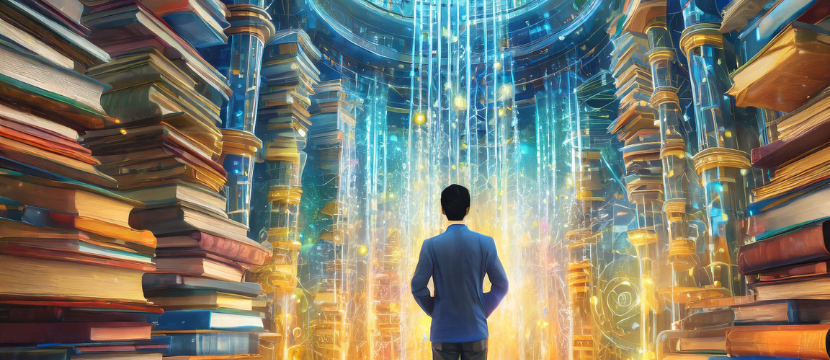
 By Utkarsh Bisht
By Utkarsh Bisht
Artificial Intelligence (AI) has moved beyond science fiction and entered our everyday lives. From machine learning tools predicting stock markets to AI-generated art, we’re seeing this technology redefine creativity itself. If you’re curious about what AI in creativity means, this blog will break down the fundamentals of artificial intelligence and explore how it’s impacting creative fields like art, music, and writing. What Is AI? (An Easy Explanation) At its core, AI refers to machines that simulate human thinking, learning from data, making decisions, and improving over time. But don’t let the technical jargon scare you—AI is more common than you think! It powers everything from voice assistants like Siri to complex algorithms that recommend your next binge-watch on Netflix. Some of the most important AI-related terms you should know include: 1. Narrow AI: This is AI designed for one specific task, such as recognizing faces or curating content suggestions. It’s limited in scope but highly effective in its niche. 2. General AI: This theoretical form of AI would possess general intelligence, performing tasks just like a human brain. We’re not quite there yet, but it’s a hot topic in AI research. AI in the Creative Industries: Revolution or Rival? Here’s where it gets exciting—and maybe a little scary. AI-generated art, AI music composition, and AI writing tools are no longer just ideas. They are real, and they’re already making waves. AI is producing paintings, writing articles, and composing music. But can it truly create? Is AI an artist, or just a tool in the hands of human creativity? AI in Art: Breaking Boundaries AI tools like DALL-E and DeepArt are shaking up the visual arts scene. These AI systems analyze massive amounts of data and create new artworks, blending styles or generating original pieces. The Benefits: • Creative Freedom: Artists can use AI tools to experiment with new forms, textures, and designs that they might never have thought of. • Accessibility: AI art platforms make it possible for anyone, even non-artists, to create stunning visuals. The Concerns: • Ownership & Copyright Issues: When a machine generates art, who owns it? The artist who provided the input? The company that owns the AI? • Human Touch: Can AI ever match the emotional depth or intent behind human-created art? AI in Music: Composing the Future Platforms like AIVA and Amper Music allow you to create full songs and compositions with just a few clicks. AI-powered music generators can speed up the creative process or even collaborate with musicians to explore new genres and sounds. The Pros: • Efficiency: AI can help musicians save time, generating beats or orchestrating pieces based on simple inputs. • New Possibilities: AI can push the boundaries of genre by blending musical styles in ways human composers might never consider. The Cons: • Lack of Emotional Connection: While AI can generate music that sounds perfect, some argue it lacks the emotional depth that comes from a human composer’s personal experiences. AI in Writing: Helpful or Harmful? Even writing, traditionally a highly personal and human endeavor, is now influenced by AI. Platforms like GPT-4 can generate text—from articles to short stories—based on a few prompts. Advantages: • Productivity Boost: Writers can use AI tools to brainstorm ideas or even generate rough drafts, saving valuable time. • Handling Routine Work: AI is great for automating repetitive tasks like summarizing long documents or writing product descriptions. Downsides: • Authenticity Concerns: AI-written content might be grammatically correct, but it often lacks the unique voice and personal touch that human writers bring to their work. The Big Picture: What’s Next for AI and Creativity? So, is AI in creative industries a force for good or something to be feared? The answer is a little bit of both. The Benefits: • Efficiency and Scale: AI can handle repetitive tasks, allowing creators to focus on what matters most—their original ideas. • New Avenues of Exploration: With AI, artists, musicians, and writers can explore concepts, techniques, and styles that would have taken years to experiment with manually. The Drawbacks: • Job Displacement: There’s a real concern that AI might replace entry-level creative jobs, particularly in areas like graphic design or music production. • Authenticity and Human Touch: AI can generate impressive work, but it’s still up for debate whether it can truly capture the depth and intent that comes from human creativity. • Ethical Questions: Who owns AI-generated content? And should AI-produced work be clearly labeled as such? Final Thoughts: Embracing AI as a Creative Partner Ultimately, AI is an incredibly powerful tool, but it’s just that—a tool. While artificial intelligence in creative industries is evolving quickly, human creativity remains irreplaceable. The future will likely see more collaboration between AI and human creators, with AI serving as a creative assistant that enhances rather than replaces our unique abilities. Rather than fearing AI, we should embrace it as a new partner in our creative journey. After all, it’s up to us to decide how we use these technologies—and where we draw the line between human creation and machine-generated work.



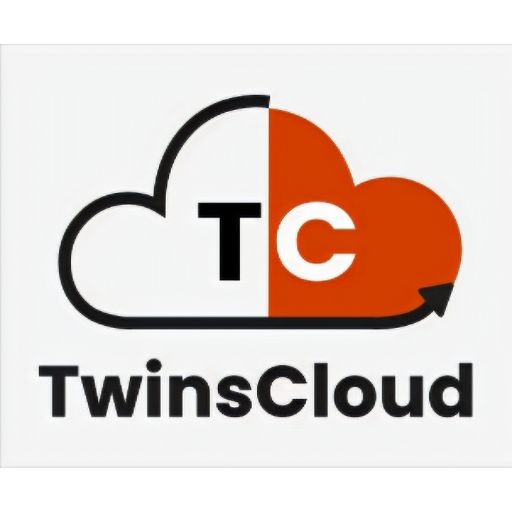
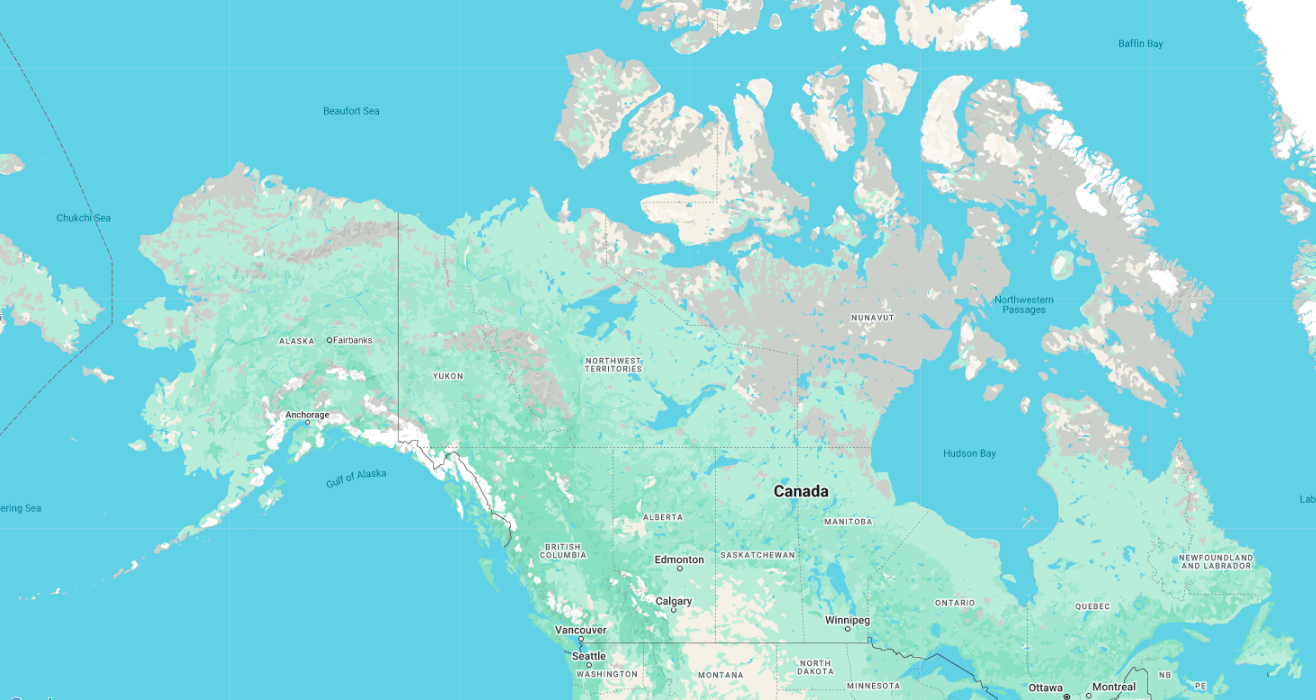



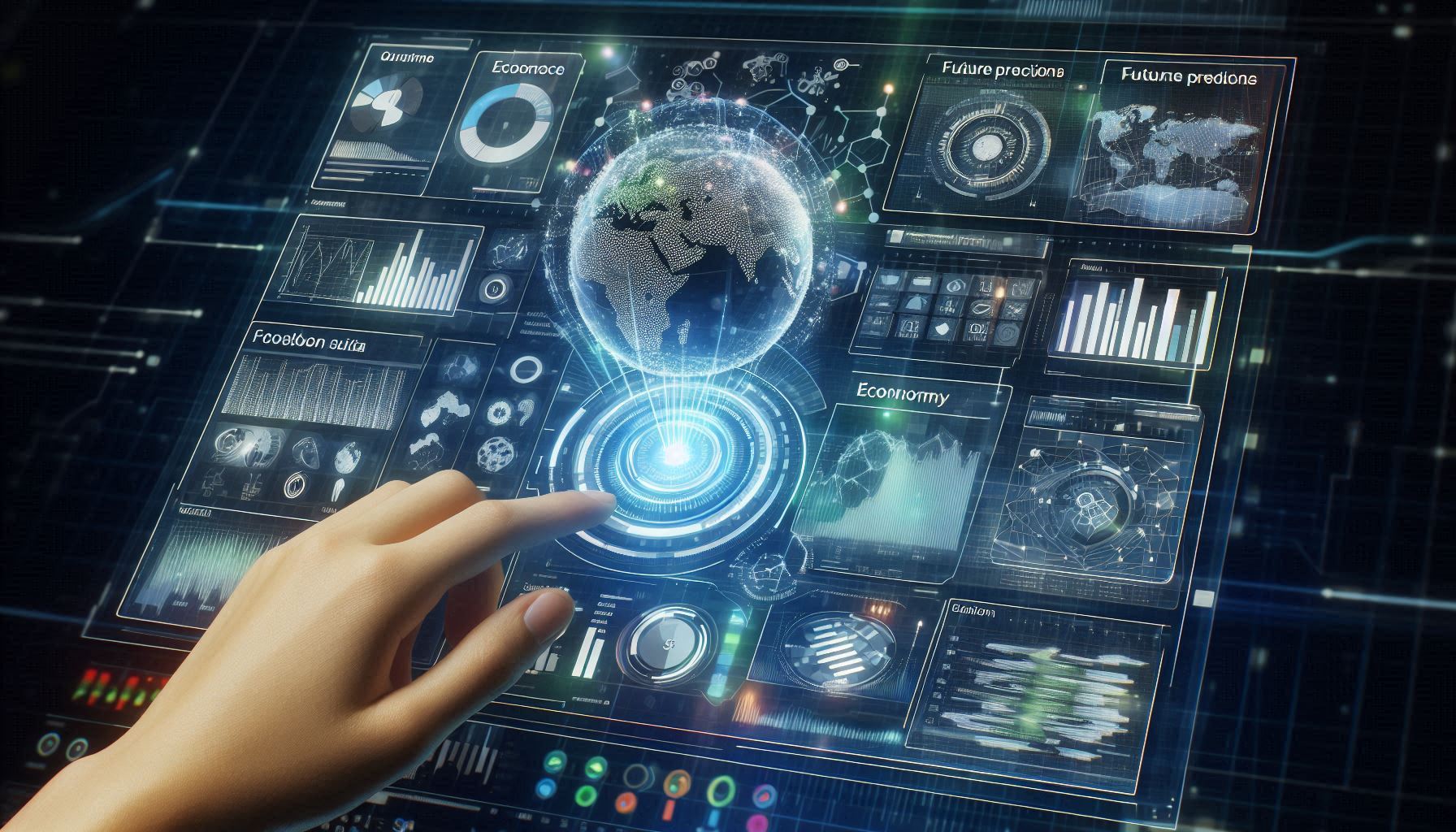
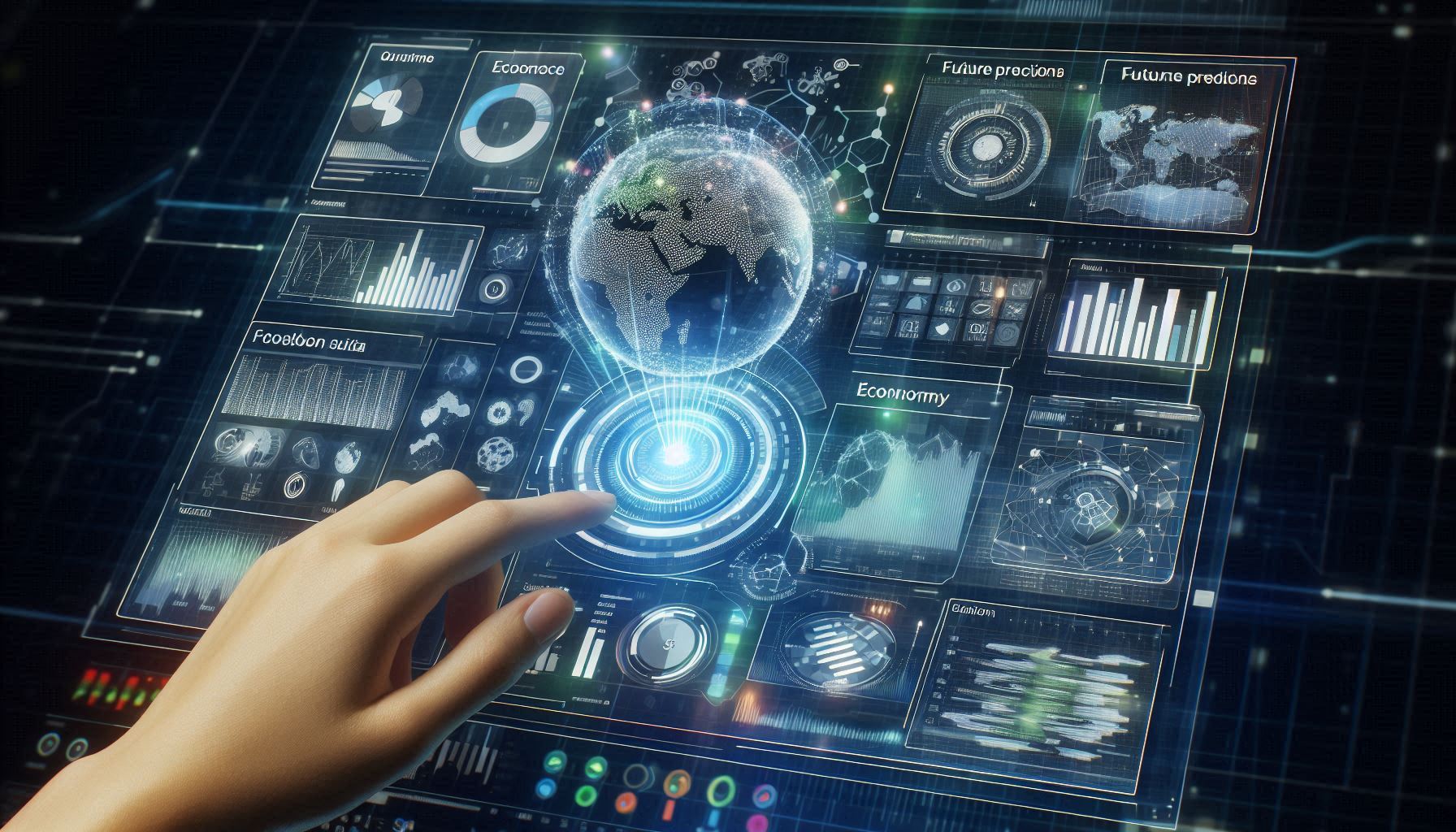
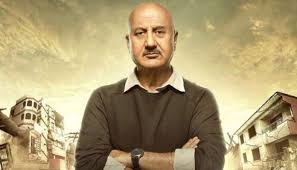
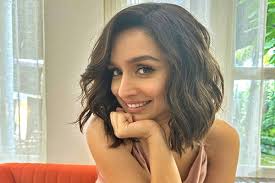
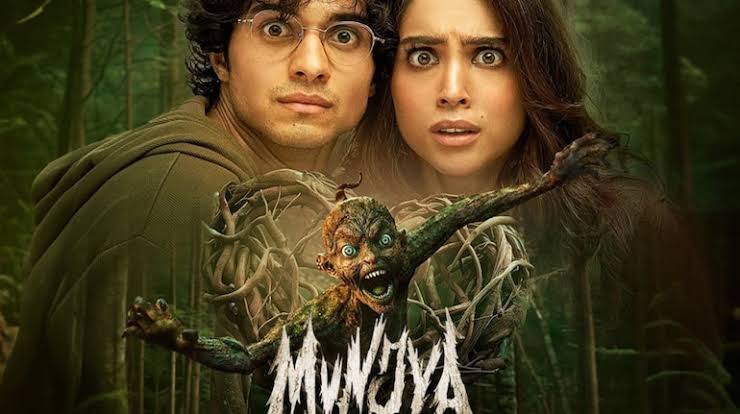
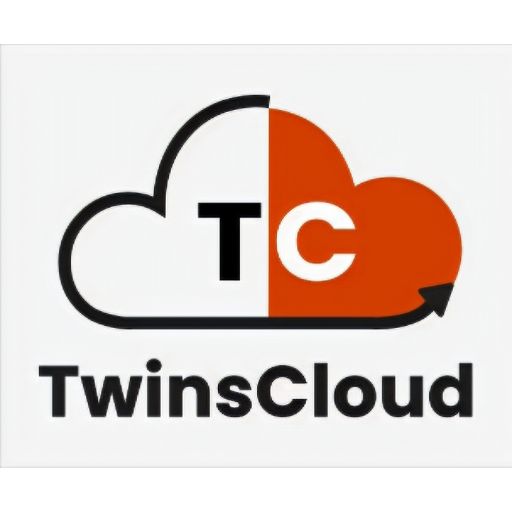
Copyright @ Itsaiboss - 2024 Designed & Develop By TwinsCloud